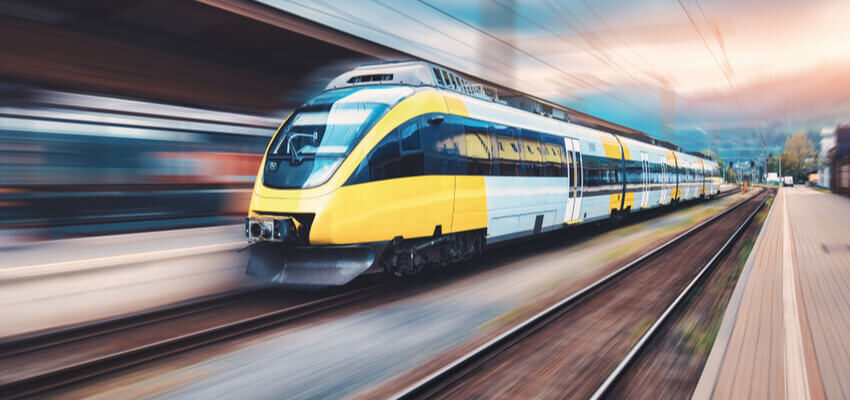$1.2 B for new railway connecting EU and the Balkans
The European Recovery Program from COVID-19 plans a $1.2 B investment in a railway network of high-speed trains that would connect the EU and the Balkans.

Image for illustration purposes
EU: The European Recovery Program from COVID-19 plans a $1.2 B (€1.1 B) investment in a railway network of high-speed trains that would connect the European Union and the Balkans.
The European high-speed train project was created on the initiative of the renowned Vienna Institute for International Economic Studies. The network would include four railway lines of 18.250 km connecting the capitals of the European Union and the countries of the Western Balkans, candidates for EU membership.
The trains would travel at speeds between 250 and 350 km / h. This means that passengers from Paris to Berlin would arrive in four hours, making air travel almost unnecessary for most trips within Europe. The proposal states that this would reduce CO2 emissions by 4 – 5 %, and increase the freight capacity of the railway.
Serbia would be on the Berlin-Nicosia line, where the train would move in one direction from Germany, through Central Europe, i.e., the Czech Republic, Austria, and Hungary, and then further through Serbia, Romania, Bulgaria, Northern Macedonia, and Greece, all the way to Cyprus with a sea connection by ferry. In the other direction, the train would pass through Albania, Montenegro, Bosnia and Herzegovina, Croatia, and Slovenia, connecting the entire Balkan region.
Besides the Berlin – Nikosia line, many others are planned: Dublin – Paris, Lisbon – Helsinki, and Brussels – Valetta.
The new network with a double-track system and high speeds will be adjusted with the existing railway networks, and the existing infrastructure will be adapted where possible.
The Vienna Institute states in its proposal the railway network could be built in 10 years.




